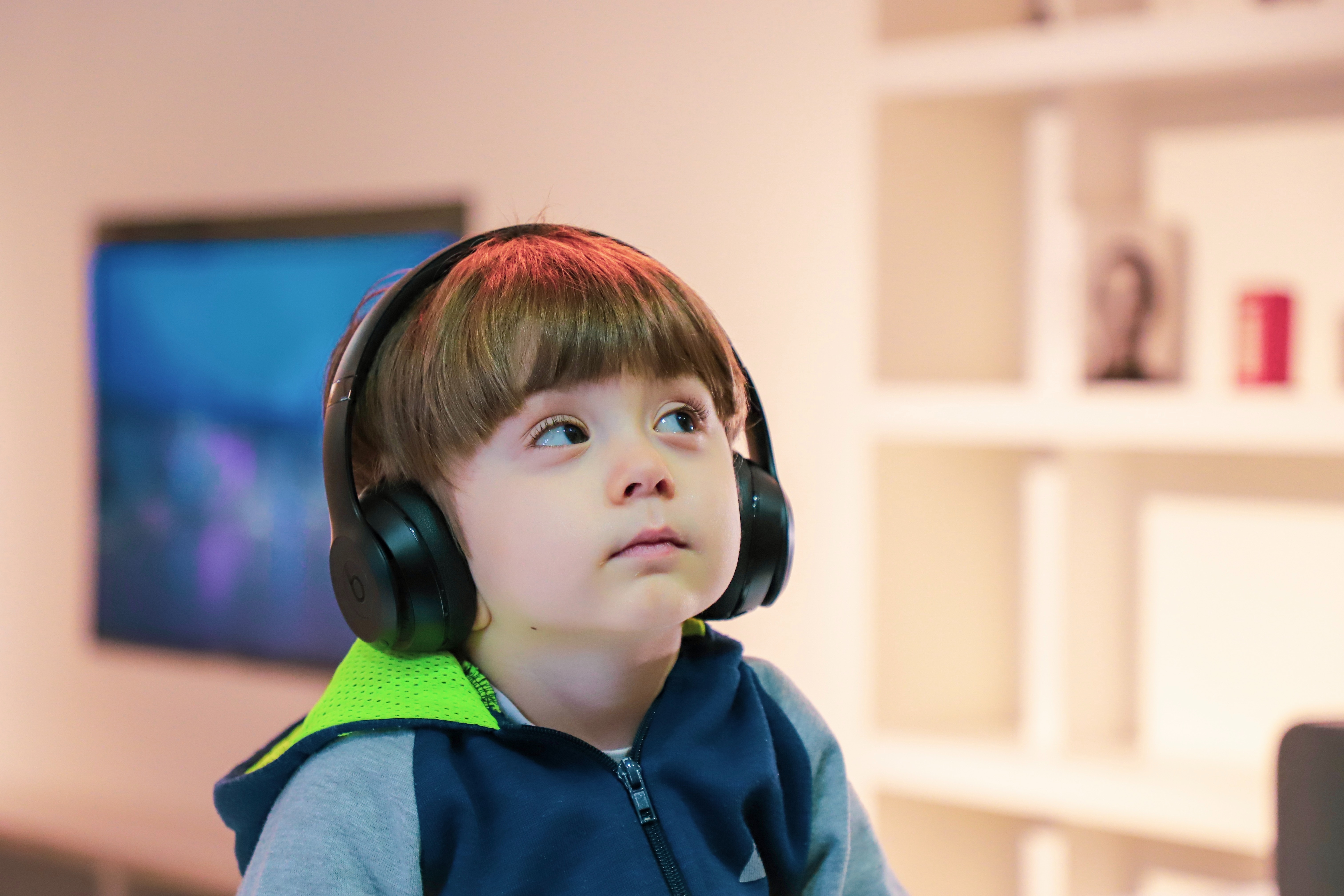Welcome to our special section, Thrive on Campus, devoted to covering the urgent issue of mental health among college and university students from all angles. If you are a college student, we invite you to apply to be an Editor-at-Large, or to simply contribute (please tag your pieces ThriveOnCampus). We welcome faculty, clinicians, and graduates to contribute as well. Read more here.
Like many students, I began my quest for the perfect university during the spring of my junior year of high school. This entailed online research, conversations with my college counselor, and, most importantly, campus tours led by a bubbly, overenthusiastic college representative. Standing in a group of fellow bright-eyed high schoolers, I recall trying to make sense of all the facts and figures being sent my way by our tour guide. It wouldn’t take long for my attention shift, however, from our tour guide to the college students hustling to their next class or roaming campus. My mom, whom I predominantly take after, also drifted away from the tour guide’s spiel. After observing the college students surrounding us, we both came to the same conclusion: Students weren’t acknowledging each other because they were too busy listening to their headphones!
After coming to college and gaining first-hand experience, I know that the overwhelming majority of students spend the day walking between classes with their headphones on. Now, I’m also very guilty of filling my time with music, podcast episodes, and a variety of other genres of audio. But, what I’ve come to realize, is that I’m concerned students are so focused on their audio program, that they are missing the benefits of existing without headphones on. With this in mind, I took it upon myself to conduct a series of short experiments to determine how many students “plug in” during their walks around campus.
My first class on Wednesday mornings starts at 9:30 a.m. and it takes me approximately 20 minutes to walk there from my house. So, I decided to count the number of people I encountered on my walk to class and how many of them were listening to headphones. So, on Wednesday, February 20th, I passed 46 students during my walk. A whopping 37, (80 percent), of them were engrossed by the audio coming through their headphones. Somehow, I retained some information regarding the Scientific Method in high school, so I knew I had to conduct another experiment for more data. The following day, Thursday, I took a short, 10 minute jaunt through campus during what I believe is the busiest time of day (1-2 p.m.). During this time, I passed 54 stressed, caffeinated students in raincoats… it is Seattle, after all. Of this student sample, 40 of my peers were wearing headphones (74 percent). The next day, I completed the experiment once more and, again, determined that the majority of busy students listen to something in their headphones as they go throughout their day.
When I set out to conduct my mildly illegitimate experiments, I only anticipated determining how many of my peers listened to something while they walked on campus. However, another major factor stood out to me. Of the students that were not wearing headphones, almost all of them would acknowledge me through eye contact and a smile when we walked past each other. These were individuals that I had no affiliation with, yet they were engaging and friendly. This was not a phenomenon regularly displayed by the headphone wearing population. All it took for my school environment to feel more welcoming was the removal of headphones! This really got me thinking. How much would campus culture change if everyone spent less time walking without headphones, and more time politely engaging their peers? Not only that, but I feel an increased sense of clarity, creativity, and introspection when I spend less time with my headphones on and eyes toward the ground.
So, as a student who is curious about the cultural well being of our campuses, I challenge you to spend more time with your ears clear and mind open. You never know what you might discover.
Subscribe here for all the latest news on how you can keep Thriving.
More on Mental Health on Campus:
What Campus Mental Health Centers Are Doing to Keep Up With Student Need
If You’re a Student Who’s Struggling With Mental Health, These 7 Tips Will Help
The Hidden Stress of RAs in the Student Mental Health Crisis


